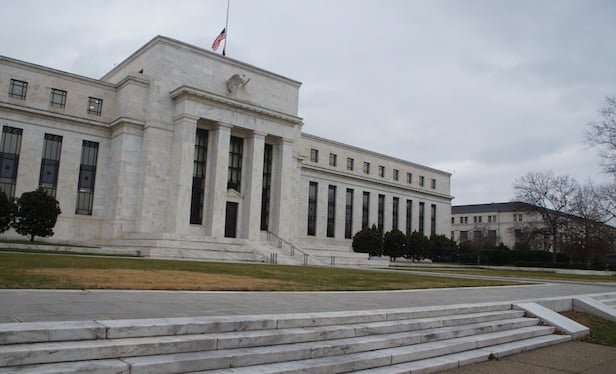RICHARDSON, TX—Next year will see an increase of about 10% to 20% on what is already a three-decade high for new apartment product, with scheduled deliveries in 2017 climbing to 353,000 units, up from 310,000 units in 2016. RealPage's MPF Research is forecasting a moderation in rent growth for the coming year, with increases averaging about 3% to 3.5%. Cause and effect? Not entirely, Jay Parsons, VP of research with MPF, tells GlobeSt.com.
“The biggest factor is supply, but not necessarily in the way people think,” he says. “The general assumption in our industry, sometimes simplistically, is that if you have more supply you're going to have less rent growth. That hasn't really happened so far in this cycle; over the past couple of years, we've had a lot of supply and a lot of rent growth.”
Parsons notes that multifamily developers have pursued “a fairly homogenous strategy in this cycle. We're building a lot of supply in fairly small areas: high-end, class A product in urban, downtown locations. You may have a new lease-up and within walking distance there are another 15 or 20 new projects that either have just been completed or about to be completed. That does create a challenge for operators in those isolated areas.” As the current year winds down, this has led to “a more competitive leasing environment' in those areas, as operators scale back their rent growth in order to vie for renters.
Recommended For You
Want to continue reading?
Become a Free ALM Digital Reader.
Once you are an ALM Digital Member, you’ll receive:
- Breaking commercial real estate news and analysis, on-site and via our newsletters and custom alerts
- Educational webcasts, white papers, and ebooks from industry thought leaders
- Critical coverage of the property casualty insurance and financial advisory markets on our other ALM sites, PropertyCasualty360 and ThinkAdvisor
Already have an account? Sign In Now
*May exclude premium content© 2025 ALM Global, LLC, All Rights Reserved. Request academic re-use from www.copyright.com. All other uses, submit a request to [email protected]. For more information visit Asset & Logo Licensing.









